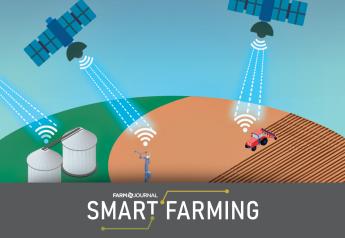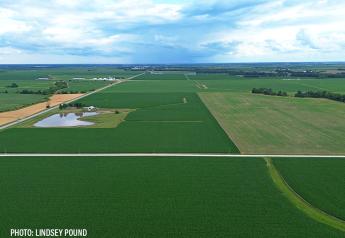Focus No-Till on Vulnerable Acres

With renewed focus on no-till and reduced tillage, how can you experience the greatest financial and positive environmental impact? Do you have to cut back on tillage every acre to maximize the benefits?
A complete shift to no-till could reduce soil and sediment loss by more than 70%, according to Sanghyun Lee, with the Department of Agricultural and Biological Engineering at the University of Illinois, in a recent news release. “[But] if we focus on the most vulnerable area in terms of soil erosion, then only 40% no-till shows almost the same reduction as 100% no-till implementation.”
Using both physical data and computer modeling, Illinois researchers estimated soil erosion in the Drummer Creek Watershed to determine the impact of no-till. This area primarily consists of corn and soybeans, and conventional tillage is common.
The framework they outline in their research can help farmers identify the most vulnerable areas. The team used grid-scale resolution to determine daily soil loss under a variety of conservation and other farming conditions.
“Farmers may prefer tilling because wet climate conditions cause compacted soil,” Lee said. “However, soil erosion removes topsoil, which contains lots of nutrients, and this may reduce yield in the long term. Soil erosion also affects water quality, both locally over time and at a distance. Therefore, farmers need to weigh the benefits of tilling with the consequences of soil erosion and choose the best management strategies.”
Water management
Soil erosion and water management often go hand-in-hand. Farm Journal’s Trust in Food recently partnered with American Public Media’s The Water Main to study what farmers do to save water. Here are the results:
- Develop nutrient management plans
- Create irrigation plans
- Minimize soil disturbances
- Use rotational grazing and fencing
- Increase technology use
- Create conservation buffer areas
Several of these water-saving methods align with no-till and the research performed at University of Illinois. No-till on vulnerable acres could be a one-two punch, saving water and soil.







